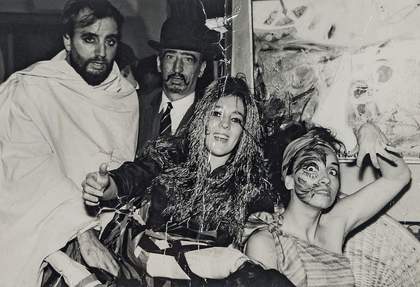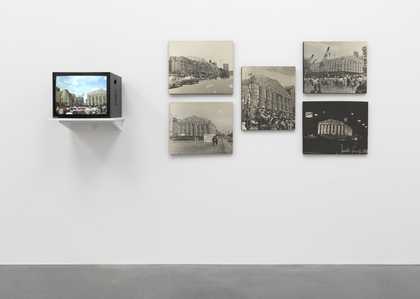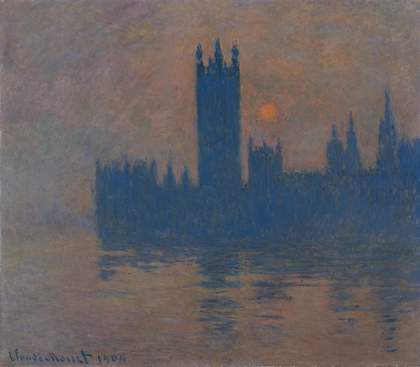
Marta Minujín (centre) with Alberto Greco (left) and his friends Narciso and Valeria, Buenos Aires, 1963
Private collection, Buenos Aires, courtesy Del Infinito, Buenos Aires
I was 16 and had recently started at the National University Institute of Art in Buenos Aires when I met Alberto Greco (1931–1965) in a bar and was immediately drawn to his personality. When he started talking, everyone would listen. He was like a magician, a wild character who had his own way of living. People either loved or hated him. As for me, he was a great influence on my life – the first artist who did something in my brain at that young age.
He was much older than me but felt that I understood him. We would spend almost every day together, going to galleries, bars. He was gay and would often ask me to help him pick up men. He would wait at his hotel entrance and invite them up to his room.
Alberto was always doing something original in his paintings and performances. In 1961, when living and working in a hotel in Buenos Aires, he made a series of works called Las monjas (The Monks), paintings of disfigured nuns, made of materials including stained shirts and his own urine. For the opening, he dressed up in a nun’s habit. He later wrote: ‘My work begins when the carnival ends. I call it carnival but it is not so: it is simply a necessity of the spirit; a spontaneous act, a zest for living.’
When we were in Paris we lived in a hotel on Rue Dauphine. Here he made Treinta ratones de la nueva figuración 1962 (Thirty Mice of the New Figuration), which was a glass box filled with white mice, a contribution to the exhibition Pablo Curatella Manes and 30 Argentines of the New Generation at the Creuze-Messine gallery. After only one day the mice stank so much we had to take them back to the hotel.
A year later, while living in Italy, he published his manifesto Vivo-Dito, in which the action of pointing at something with his finger (dito) could then be turned into art. In late 1964 he travelled to New York City where he would meet Marcel Duchamp and other important artists. Here he made his work Rifa Vivo-Dito 1965 in Grand Central Station. It was a kind of raffle; he placed around 80 works by artists in the station lockers, then sold the keys. On opening a locker you found something, though not always a work of art.
There was a dark side to Alberto. From the time I met him as a 16 year old, he would often tell me that he wanted to kill himself. He tried it often, and I took him to hospital many times (I had wanted to do the same at that time and had attempted it when I was 14). On the 12th October 1965, he succeeded. He did it for love – of a boyfriend who didn’t love him in return. Before he lost consciousness he wrote the word ‘End’ on his left hand. I will never forget him.
Marta Minujín is an artist who lives and works in Buenos Aires. Her work The Parthenon of Books 1983 was presented to Tate by ArteBA in 2014.



